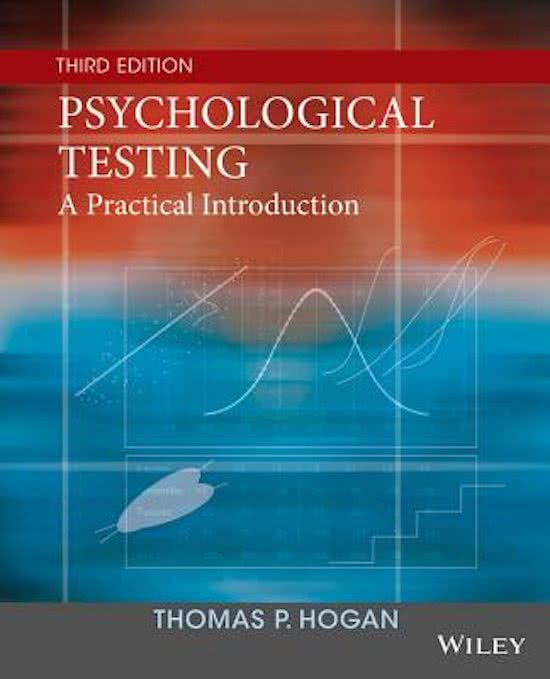Summary
SUMMARY Test Theory; Ch. 1, 3-8, 12-15 & factor analysis
- Course
- Institution
- Book
My grade: 9 ;This is a summary based on lecture notes and the book "Psychological Testing, a Practical Introduction". However, note (!) that is a summary of the book based on the lecture notes (2023; RUG) so some topics might not have been discussed in the summary. GREY text: it was not relevant...
[Show more]




